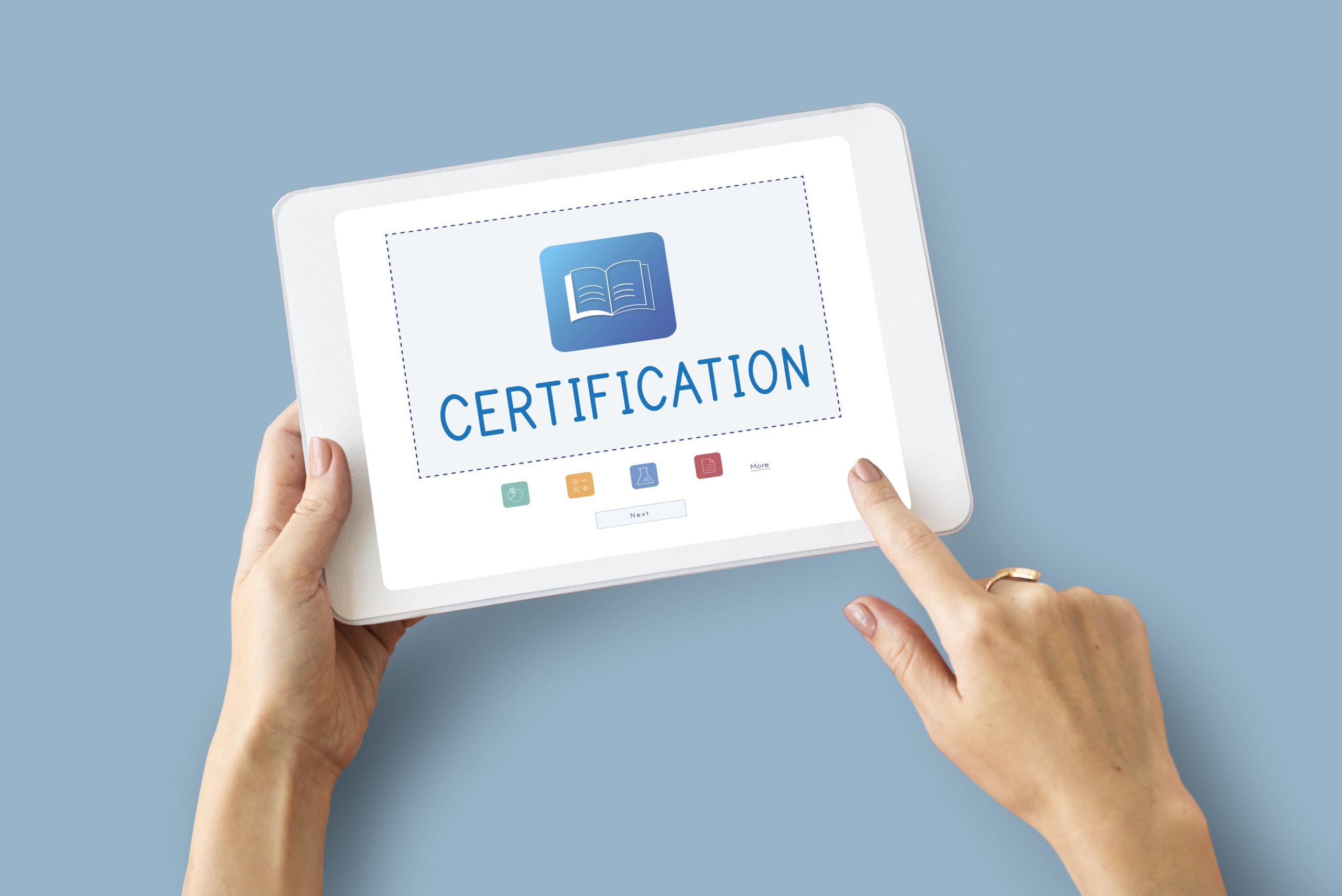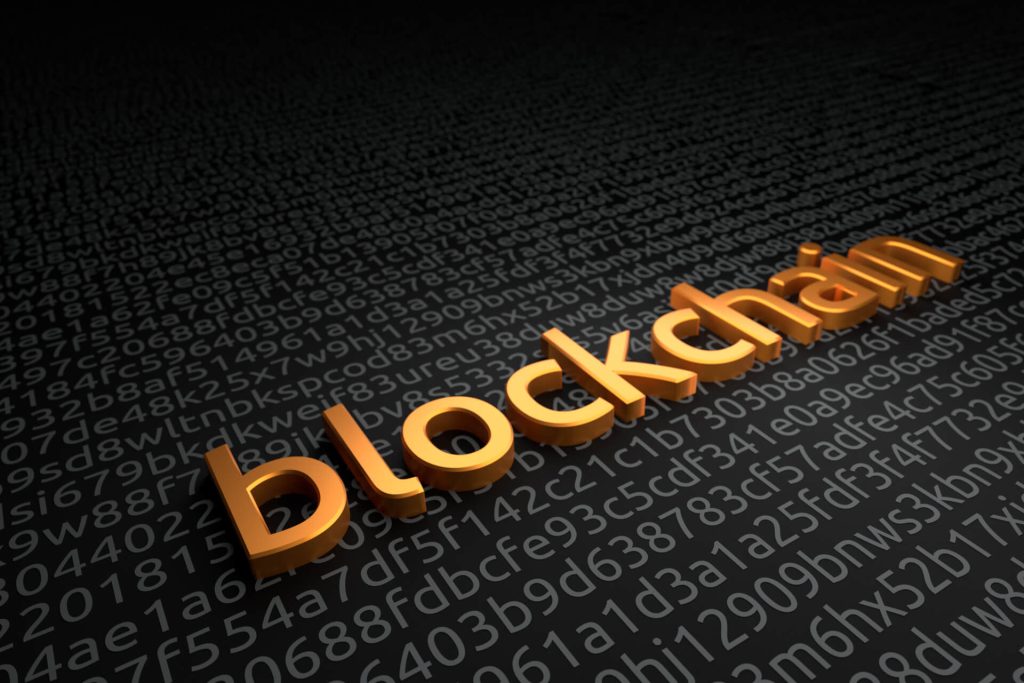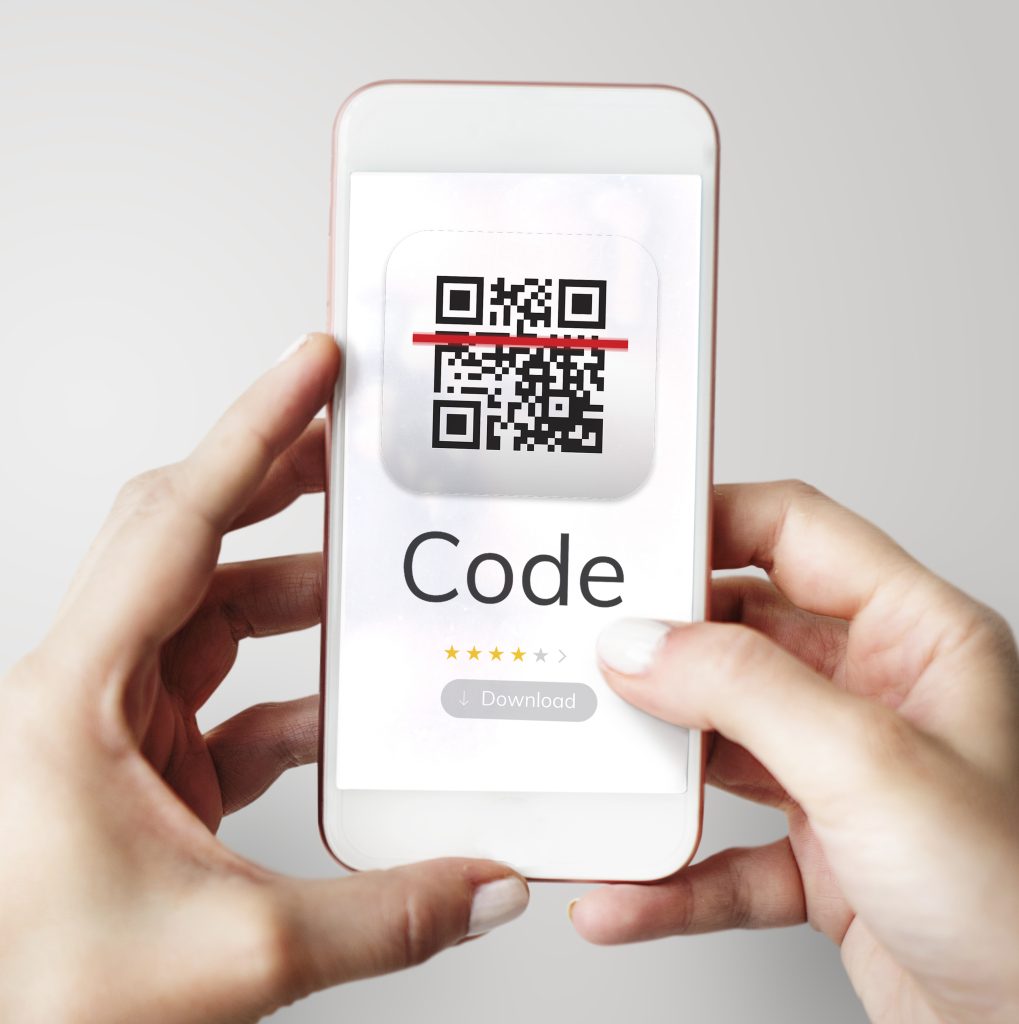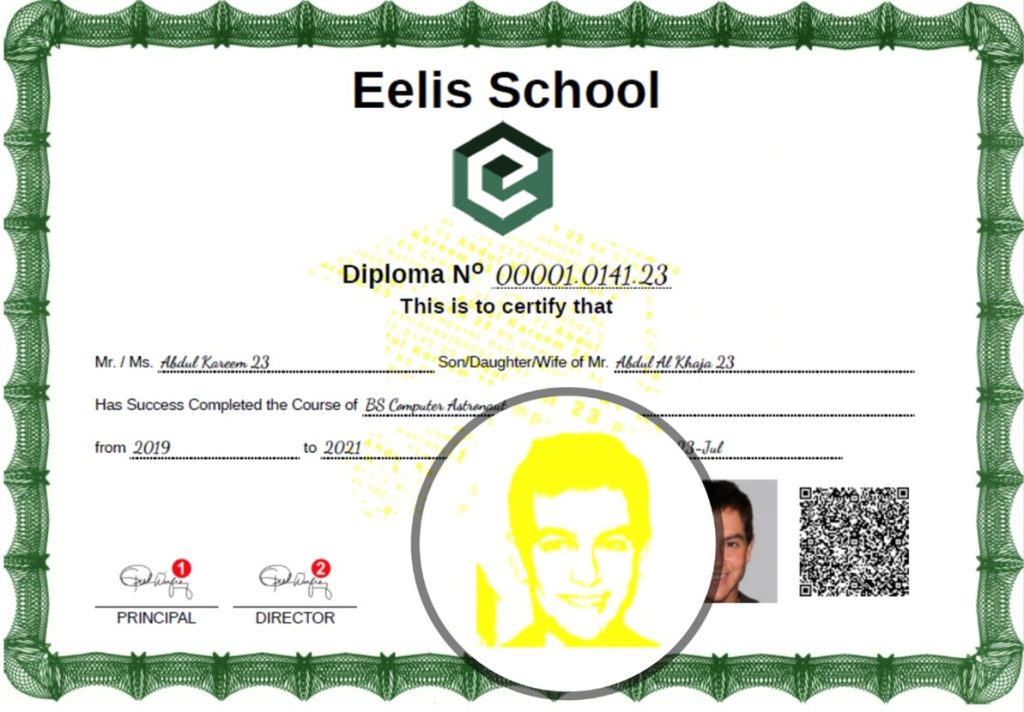
In an increasingly digital world, the need for secure and reliable certificate verification has never been more critical. Universities, training institutions, and professional bodies face constant challenges in protecting their certificates, degrees, and licenses from manipulation and forgery. At the same time, employers, regulators, and stakeholders demand fast, seamless, and tamper-proof validation of credentials.
This 2025 guide explores how modern verification methods—QR codes, electronic seals (e-Seals), and blockchain technology—are transforming the way institutions issue, verify, and govern academic and professional credentials.

Modern Verification Technologies in 2025
Today, universities and professional bodies can secure their certificates using a layered approach combining physical and digital technologies. Let’s explore the most widely adopted methods:
1- QR Code Verification
A QR code embedded on the certificate links to a secure online database where stakeholders can instantly validate the record.
Benefits:
- Fast and convenient (scan via smartphone).
- Low cost, easy to implement.
- Integrates with cloud-based student record systems.
Use Case Example: A university issues degrees with QR codes. An employer scans the code and instantly sees the candidate’s details, ensuring authenticity.
Related Reading: Best Certificate Issuance & Validation System for 2025: Why EelisDoc Pro Stands Out
2- Electronic Seals (e-Seals)
An electronic seal is a digital signature applied by an institution, certifying the authenticity and integrity of the document.
Benefits:
- Legally recognized in many jurisdictions under eIDAS Regulation.
- Ensures document integrity—any tampering invalidates the seal.
- Works across PDF, XML, and other digital file formats.
Use Case Example: A professional licensing authority issues electronic licenses with e-Seals, ensuring compliance with government regulations.

3- Blockchain-Based Verification
Blockchain credentials are tamper-proof records stored in a decentralized ledger, ensuring transparency and trust.
Benefits:
- Immutable—once recorded, the data cannot be altered.
- Eliminates dependency on a central authority.
- Enables lifelong verification, even if the issuing institution ceases operation.
Use Case Example: A global training body issues blockchain-based certifications, allowing graduates to share credentials with employers worldwide without intermediaries.
External Reference: UNESCO Report on Blockchain for Education
Best Practices for Universities & Professional Bodies
To ensure successful adoption of digital verification systems in 2025, institutions should:
Adopt hybrid security – combine physical features (secure inks, watermarks) with digital layers (QR, blockchain, e-Seals).
Ensure interoperability – use standards that allow integration with global verification platforms.
Streamline workflows – automate issuance and validation to reduce administrative overhead.
Educate stakeholders – guide employers, students, and authorities on how to verify documents effectively.
Plan for scalability – select solutions that can grow with institutional needs.
Explore EelisDoc PRO – Issuance, Governance & Validation in One Platform

The Future of Certificate Verification
Looking ahead, certificate verification will continue evolving with:
- AI-powered fraud detection to identify patterns of forgery.
- Cross-border verification frameworks for global academic mobility.
- Integration with digital identity wallets, where credentials are stored securely and shared on demand.
By adopting QR verification, e-Seals, and blockchain, universities and professional bodies not only protect their documents but also reinforce their reputation, trust, and competitiveness in a global knowledge economy.
Frequently Asked Questions (FAQs)
- How does blockchain prevent fake degrees?
Blockchain stores each credential in a tamper-proof ledger. Any attempt to alter or forge the degree is automatically rejected since it won’t match the verified blockchain record. - Are QR codes secure enough for certificate verification?
Yes—when connected to a trusted database. However, QR codes should always be paired with server-side validation and additional layers like e-Seals for maximum security. - What is the difference between an e-Signature and an e-Seal?
An e-Signature is linked to an individual (e.g., a registrar), while an e-Seal represents an institution (e.g., a university). Both ensure authenticity, but an e-Seal is institution-wide.
Final Thoughts
In 2025, the question is no longer if universities and licensing authorities should adopt digital certificate verification, but how fast they can implement it. The institutions that act now will gain a competitive edge, strengthen their credibility, and safeguard the value of their qualifications.
Whether through QR-based validation, electronic seals, or blockchain, the goal remains the same: to build a trusted ecosystem of secure, verifiable, and future-proof credentials.

